Rash in leg crease. Intertrigo: Causes, Symptoms, and Treatment of Skin Fold Rashes
What are the common symptoms of intertrigo. How is intertrigo diagnosed and treated. What preventive measures can reduce the risk of developing intertrigo. Who is most susceptible to intertrigo and why. What complications can arise from untreated intertrigo.
Understanding Intertrigo: A Common Skin Fold Condition
Intertrigo is a prevalent inflammatory skin condition that occurs in areas where skin folds rub together, creating a warm, moist environment conducive to irritation and infection. This condition can affect people of all ages, from infants to adults, and is particularly common in individuals who are overweight or have diabetes.
The term “intertrigo” comes from the Latin words “inter,” meaning between, and “terere,” meaning to rub. This etymology accurately describes the nature of the condition, which is primarily caused by skin-on-skin friction in areas where skin folds meet.
Recognizing the Symptoms of Intertrigo
Identifying intertrigo early can lead to more effective treatment and prevention of complications. The primary symptoms include:
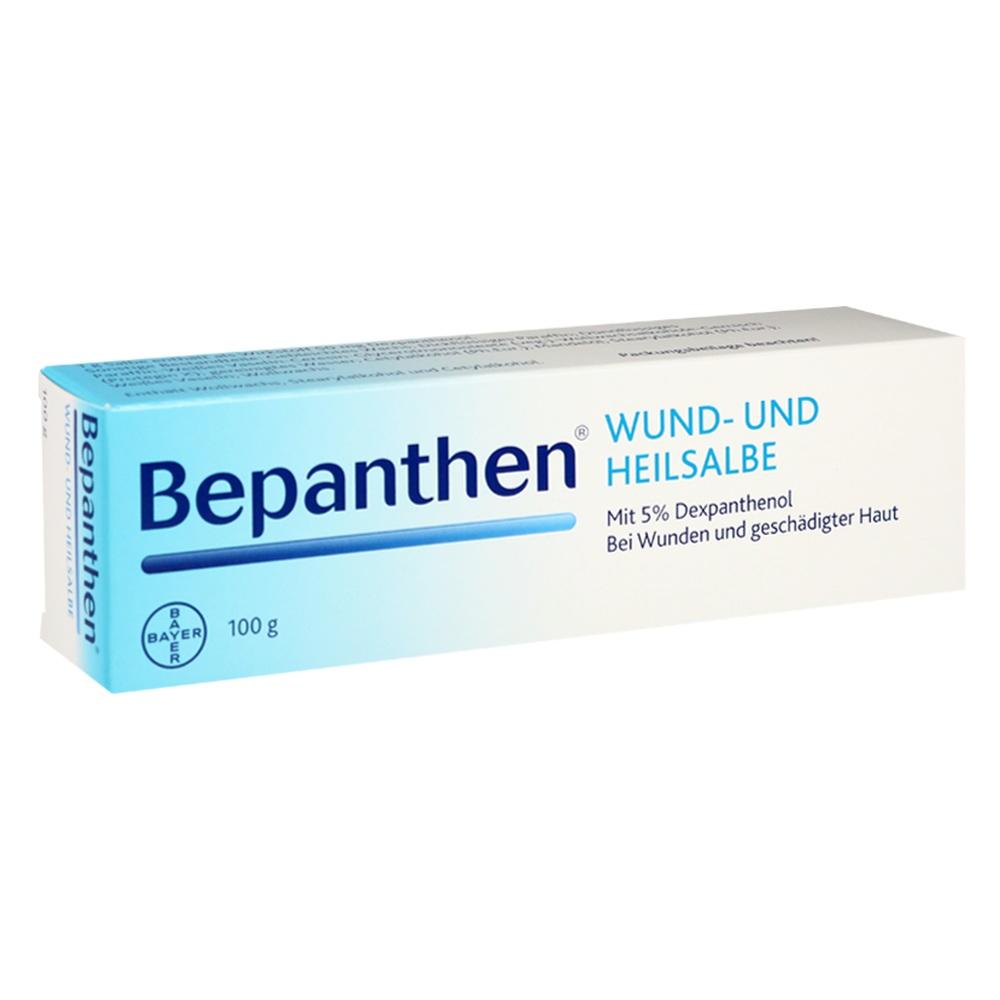
- Red or reddish-brown rash in skin fold areas
- Itching or burning sensation
- Raw, oozing, or macerated skin
- Unpleasant odor in severe cases
- Cracked or bleeding skin in advanced stages
Where does intertrigo typically occur? The most common areas affected by intertrigo include:
- Armpits
- Under the breasts
- Groin area
- Abdominal folds
- Between toes and fingers
- Neck creases
- Inner thighs
- Buttock creases
In infants, intertrigo often manifests as diaper rash, highlighting the importance of proper hygiene and frequent diaper changes.
The Root Causes of Intertrigo
Understanding the underlying causes of intertrigo is crucial for effective prevention and treatment. The primary factors contributing to the development of this condition include:
- Moisture accumulation in skin folds
- Heat generated by skin-on-skin contact
- Lack of air circulation in affected areas
- Friction between opposing skin surfaces
- Presence of irritants such as sweat, urine, or feces
These conditions create an ideal environment for the overgrowth of microorganisms, including yeast, fungi, and bacteria. While intertrigo itself is not contagious, the secondary infections that often accompany it can sometimes be transmitted to others.

Common Microorganisms Associated with Intertrigo
The moist, warm environment created by intertrigo provides an ideal breeding ground for various microorganisms. The most common culprits include:
- Candida albicans (yeast)
- Dermatophytes (fungi responsible for conditions like athlete’s foot)
- Staphylococcus aureus (bacteria)
- Streptococcus species (bacteria)
These microorganisms can exacerbate the existing inflammation and lead to more severe symptoms if left untreated.
Risk Factors: Who is Most Susceptible to Intertrigo?
While intertrigo can affect anyone, certain factors increase the likelihood of developing this condition. Understanding these risk factors can help individuals take proactive measures to prevent intertrigo.
Who is at higher risk for developing intertrigo? The following groups are more susceptible:
- Overweight or obese individuals
- People with diabetes
- Those with compromised immune systems
- Individuals who wear tight-fitting clothes or non-breathable fabrics
- People living in hot, humid climates
- Those who engage in activities that cause excessive sweating
- Individuals with limited mobility
- People who use medical devices such as splints, braces, or artificial limbs
Additionally, certain medical conditions can predispose individuals to intertrigo. These include hyperhidrosis (excessive sweating), incontinence, and various skin disorders that affect the skin’s barrier function.
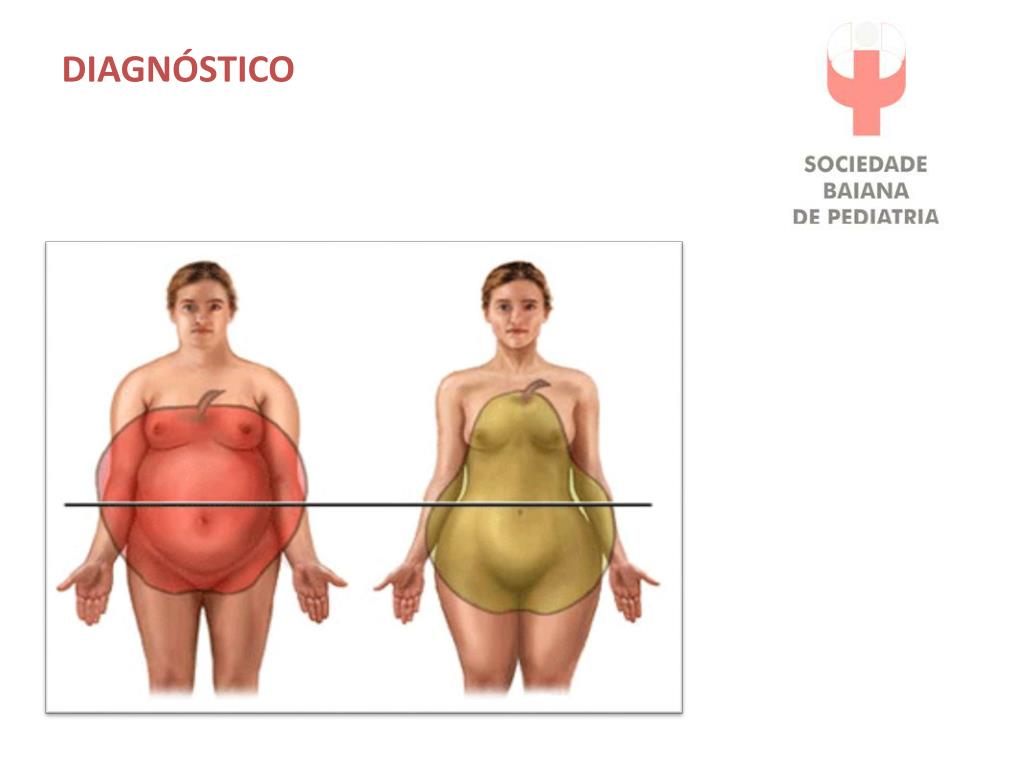
Diagnosing Intertrigo: From Symptoms to Confirmation
Accurate diagnosis of intertrigo is essential for effective treatment. How is intertrigo diagnosed? The process typically involves the following steps:
- Physical examination: A healthcare provider will visually inspect the affected areas and assess the symptoms.
- Medical history review: The doctor will inquire about factors that may contribute to the condition, such as obesity, diabetes, or recent antibiotic use.
- Skin scraping or swab: In some cases, a sample may be taken from the affected area to identify any underlying fungal or bacterial infections.
- Wood’s lamp examination: This special ultraviolet light can help detect certain types of fungal infections.
- Patch testing: If allergic contact dermatitis is suspected, patch testing may be conducted to identify potential allergens.
While intertrigo can often be diagnosed based on its characteristic appearance and location, these additional tests help rule out other conditions and guide treatment decisions.
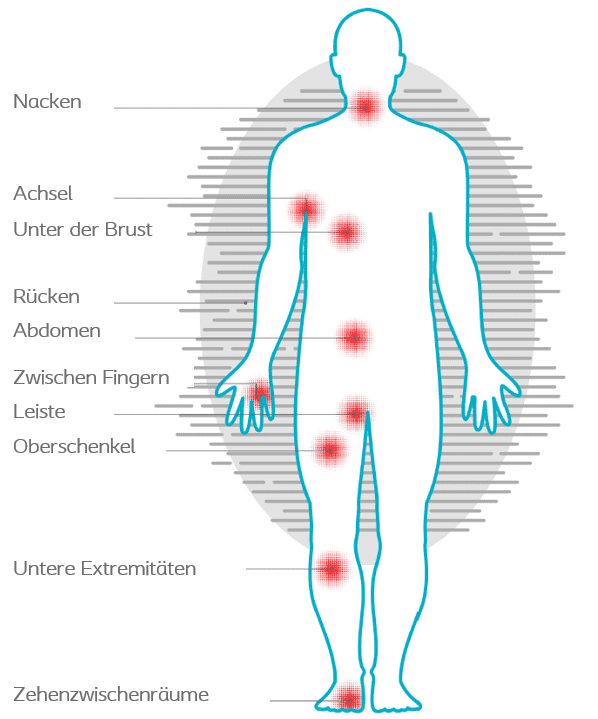
Differential Diagnosis: Conditions That Mimic Intertrigo
Several skin conditions can present similarly to intertrigo, making accurate diagnosis crucial. These include:
- Inverse psoriasis
- Seborrheic dermatitis
- Contact dermatitis
- Erythrasma
- Tinea infections (such as jock itch or ringworm)
A thorough examination by a healthcare professional can help differentiate between these conditions and ensure appropriate treatment.
Effective Treatment Strategies for Intertrigo
The treatment of intertrigo focuses on addressing the underlying causes, managing symptoms, and preventing complications. How is intertrigo treated? The approach typically involves a combination of the following strategies:
- Keeping the affected area clean and dry
- Using barrier creams or ointments to reduce friction
- Applying topical antifungal or antibacterial medications
- Utilizing topical corticosteroids to reduce inflammation
- Prescribing oral medications for severe or persistent cases
The specific treatment plan will depend on the severity of the condition and the presence of any secondary infections.

Over-the-Counter Treatment Options
For mild cases of intertrigo, several over-the-counter products can be effective:
- Antifungal creams or powders (e.g., clotrimazole, miconazole)
- Zinc oxide-based barrier creams
- Antiperspirants to reduce moisture
- Cornstarch or talcum powder to absorb excess moisture
It’s important to note that while these products can be helpful, persistent or severe cases should be evaluated by a healthcare professional.
Prescription Treatments for Intertrigo
For more severe or resistant cases of intertrigo, a healthcare provider may prescribe:
- Stronger topical antifungal medications
- Topical antibiotics for bacterial infections
- Low-potency topical corticosteroids
- Oral antifungal medications for widespread fungal infections
- Oral antibiotics for severe bacterial infections
These treatments are typically more potent than over-the-counter options and may be necessary for effective management of more severe cases.
Preventing Intertrigo: Practical Strategies for Skin Health
Prevention is key when it comes to intertrigo. By implementing certain lifestyle changes and hygiene practices, individuals can significantly reduce their risk of developing this condition. What preventive measures can help avoid intertrigo?

- Maintain good hygiene, keeping skin folds clean and dry
- Use moisture-wicking fabrics and avoid tight-fitting clothes
- Apply antiperspirants or drying powders to prone areas
- Lose weight if overweight or obese
- Manage underlying conditions such as diabetes
- Use barrier creams in areas prone to friction
- Change out of wet or sweaty clothes promptly
- Use a hair dryer on a cool setting to dry skin folds after bathing
For individuals who are particularly susceptible to intertrigo, incorporating these practices into their daily routine can make a significant difference in preventing recurrent episodes.
Dietary Considerations for Intertrigo Prevention
While diet doesn’t directly cause intertrigo, certain dietary habits can influence factors that contribute to its development. Consider the following dietary recommendations:
- Maintain a balanced diet to support overall skin health
- Stay hydrated to promote proper skin function
- Limit sugar intake, as high blood sugar can increase the risk of fungal infections
- Consume probiotic-rich foods to support a healthy skin microbiome
- Include foods rich in vitamins A, C, and E, which support skin health
These dietary strategies, combined with proper hygiene and lifestyle practices, can contribute to overall skin health and reduce the risk of intertrigo.
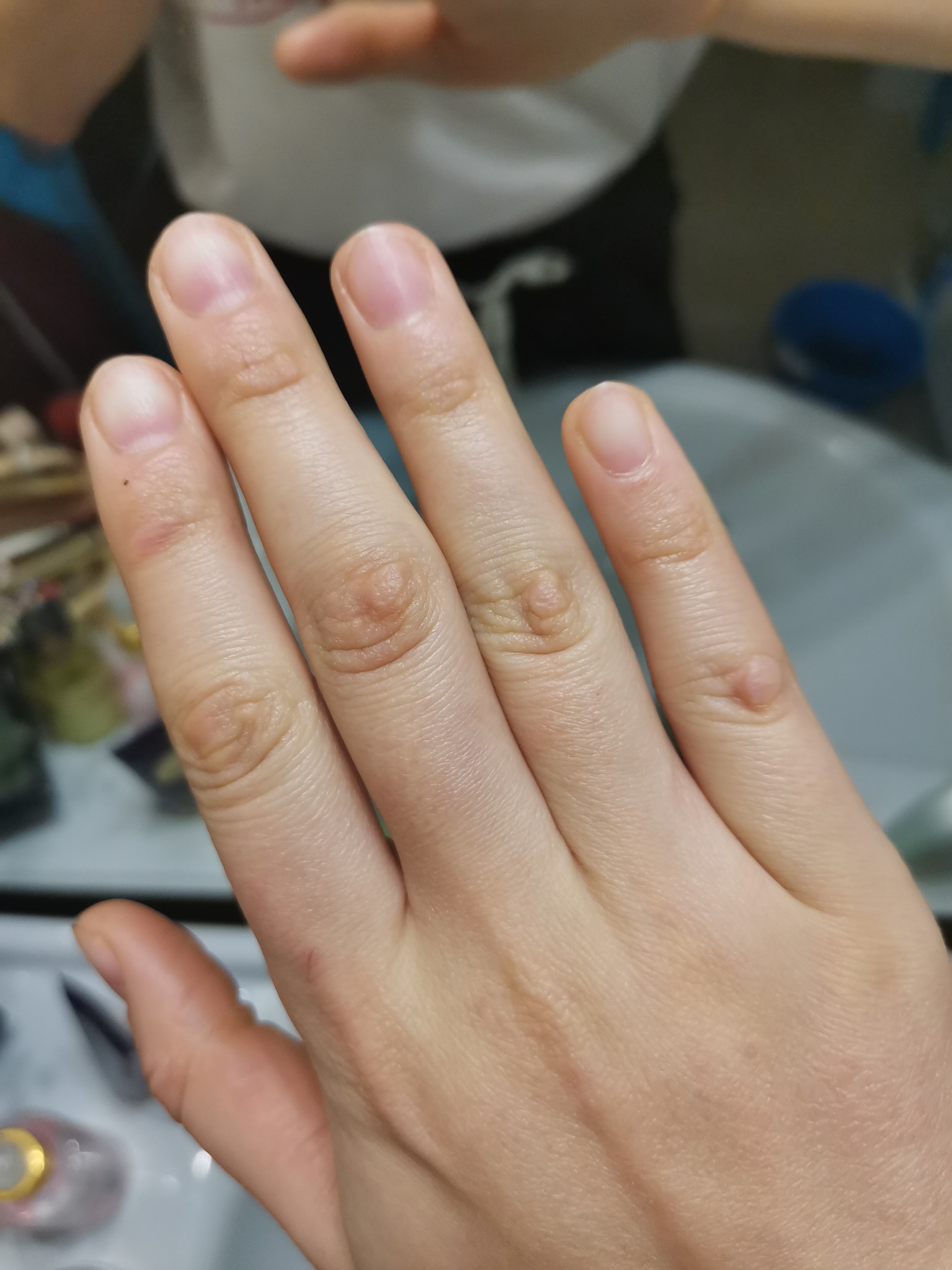
Complications of Untreated Intertrigo
While intertrigo is often a manageable condition, leaving it untreated can lead to various complications. What potential problems can arise from untreated intertrigo?
- Secondary bacterial or fungal infections
- Cellulitis (a serious bacterial skin infection)
- Chronic skin changes, including thickening or discoloration
- Persistent discomfort and reduced quality of life
- Spread of the rash to other areas of the body
These complications underscore the importance of prompt treatment and proper management of intertrigo. If symptoms persist or worsen despite home care, it’s crucial to seek medical attention.
Long-Term Management of Recurrent Intertrigo
For individuals prone to recurrent intertrigo, long-term management strategies are essential. These may include:
- Regular use of preventive treatments in susceptible areas
- Ongoing weight management efforts
- Careful selection of clothing and fabrics
- Regular follow-ups with a dermatologist or healthcare provider
- Stress management techniques, as stress can exacerbate skin conditions
By adopting these long-term strategies, individuals can minimize the frequency and severity of intertrigo episodes, improving their overall quality of life.
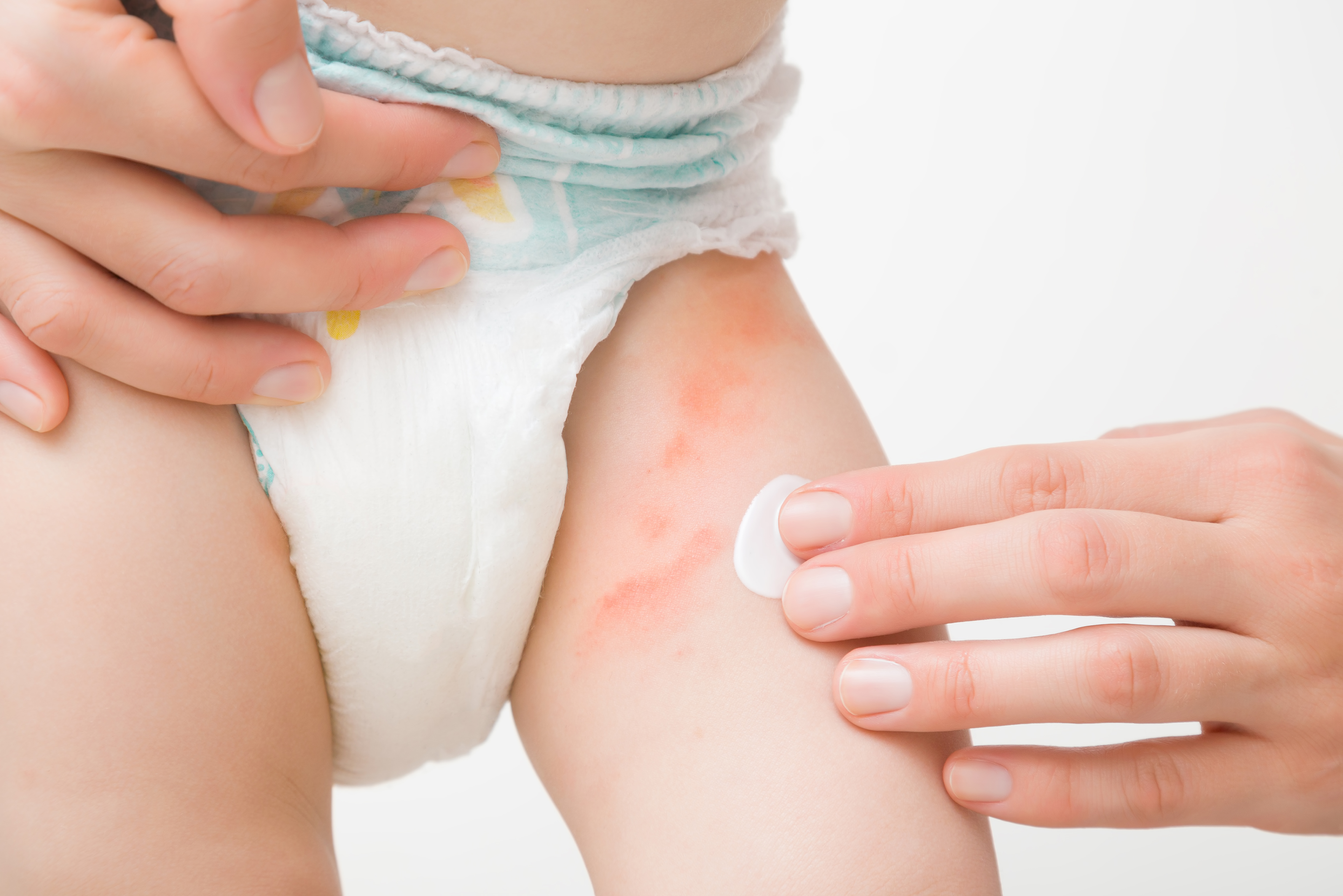
Symptoms, Causes, Diagnosis, Treatment & Prevention
What is intertrigo?
Intertrigo is a rash that usually affects the folds of the skin, where the skin rubs together or where it is often moist. This rubbing can cause a breakdown in the top layers of the skin, causing inflammation and a rash. The breakdown of skin makes it easier for bacteria or fungus to develop in this area. It can make the rash worse.
Intertrigo is most common in people who are overweight or who have diabetes. People who have splints, braces, or artificial limbs are also more likely to develop this rash.
Symptoms of intertrigo
Symptoms include a red or reddish-brown rash that can appear anywhere skin rubs together or traps wetness. This rash may burn or itch. The most common areas include:
- Between toes
- In the armpits
- In the groin area
- On the underside of the belly or breasts
- In the crease of the neck
Intertrigo can also affect the skin between the buttocks. The affected skin will often be very raw and may itch or ooze. In severe cases, intertrigo may cause a foul odor, and the skin may crack and bleed.
The affected skin will often be very raw and may itch or ooze. In severe cases, intertrigo may cause a foul odor, and the skin may crack and bleed.
What causes intertrigo?
Skin folds sitting together and rubbing together causes intertrigo. This skin-on-skin friction creates a warm, moist environment. This environment invites an overgrowth of yeast, fungus, and bacteria. Intertrigo is not contagious. You cannot catch it from or pass it to another person.
How is intertrigo diagnosed?
The best way to know for sure is to ask your doctor. Your doctor will be able to tell if you have the rash by looking at your skin. No special tests are needed but your doctor may take a sample to determine what type of bacteria or fungus may be present.
Can intertrigo be prevented or avoided?
You can help prevent intertrigo by doing these things:
- Keep skin cool and dry.
- Do not wear tight shoes or clothing. Wear a bra that has good support.

- Wear clothes made with absorbent fabrics, such as cotton. Avoid nylon or other synthetic (manmade) fibers.
- If you are overweight, try to lose weight.
- After exercising, shower and dry off completely. Use a hair dryer with a cool setting to dry areas that can trap wetness, such as under your arms or breasts.
Intertrigo treatment
For mild cases, your doctor will tell you to keep the affected area of your skin dry and exposed to air. Your doctor may also want to prescribe a topical steroid cream. For certain cases, your doctor may prescribe an antibiotic or antifungal cream. There are also antifungal powders that may help dry the skin. Talk to your doctor about which treatment is right for you.
Living with intertrigo
Intertrigo may come and go. If you know that you are predisposed to getting this type of rash, take precautions. Before physical activity, treat the area with deodorant or with petroleum jelly. Do what you can to keep skin folds dry.
Questions to ask your doctor
- What is the best way to keep from getting intertrigo again?
- Do I need to make any changes to my lifestyle?
- Do I need to use a cream or ointment?
- What side effects could I have from my medicine?
- Do I need to take an antibiotic?
- Is there anything I can do on my own to help myself get better?
Resources
U.S. National Institutes of Health, MedlinePlus: Intertrigo
Copyright © American Academy of Family Physicians
This information provides a general overview and may not apply to everyone. Talk to your family doctor to find out if this information applies to you and to get more information on this subject.
Risk Factors, Causes, Symptoms, and Treatment
Written by Annie Stuart
- Symptoms of Intertrigo
- Causes of Intertrigo
- Risk Factors for Intertrigo
- Prevention and Treatment of Intertrigo
Intertrigo is a fancy name for a rash that shows up between the folds of skin.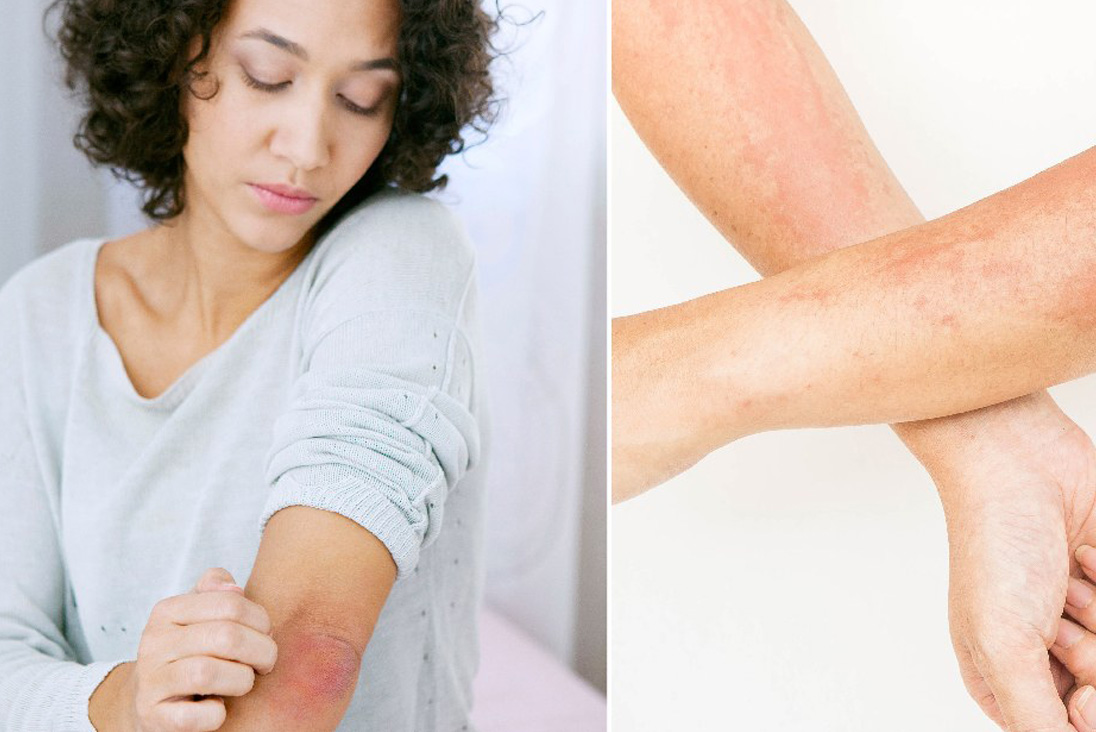 It is a very common skin rash that can crop up throughout life.
It is a very common skin rash that can crop up throughout life.
The most common areas affected include larger skin-fold areas such as:
- Armpits
- Beneath the breasts
- Genital area
- Abdomen
What does intertrigo look like? It may cause:
- Red or reddish-brown rash
- Raw, itchy, or oozing skin
- Foul odor
- Cracked or crusty skin
Intertrigo may appear in any skin folds that rub together and trap moisture. In infants, intertrigo often shows up as diaper rash.
Intertrigo can occur:
- Between toes and fingers
- In armpits
- In the inner thighs
- In the groin and at the scrotum
- On the underside of your breasts or belly
- In the crease of your neck
- Between the buttocks
If you have any symptoms of intertrigo, be sure to see your doctor. Your doctor can check for the presence of infection as well.
Intertrigo is an inflammatory skin condition that can be caused and worsened by many factors. These include:
These include:
- Moisture
- Heat
- Lack of air circulation
- Friction between skin folds
Sweat, urine, and feces can contribute to the skin problem.
Intertrigo is often accompanied by an infection caused by:
- Yeast
- Other types of fungus
- Bacteria
You are more likely to get these infections in skin folds because these are areas that are warm and tend to stay moist. This creates a welcome environment for the growth of germs.
You are more likely to develop intertrigo if you:
- Are obese
- Have diabetes
- Have a splint, brace, or artificial limb
- Are exposed to high heat and humidity
Other possible risk factors include:
- Incontinence
- Excessive sweating
- Poor hygiene
- Malnutrition
- A suppressed immune system due to chemotherapy or HIV
Infants — with their chubbiness, shorter necks, and flexed posture — are also at greater risk for intertrigo.
Certain skin diseases such as psoriasis may also prompt the development of intertrigo. So it’s a good idea to have a dermatologist check it out.
If you or your child has intertrigo, your doctor may suggest simply keeping the affected area dry and exposed to the air. You may control oozing with moist compresses of an astringent called Burow’s solution. Then air-dry with a hair dryer set on “cool.”
A barrier cream may be recommended to help protect skin from irritants.
To treat intertrigo, your doctor may recommend short-term use of a topical steroid to reduce inflammation in the area. If the area is also infected, your doctor may prescribe an antifungal or antibiotic cream or ointment. Sometimes you need an oral medication.
Some simple steps may help lower your risk in the future, such as:
- Shower and dry off thoroughly each day. Keep your skin as dry and cool as you can.
- Avoid wearing tight shoes or clothing.
- Wear a bra with good support.

- If the areas between the toes are affected, consider wearing open-toed shoes.
- For infants with diaper rash, change diapers more frequently.
- If you are overweight, do what you can to lose weight.
Top Picks
Rashes in the groin in children: diagnosis, treatment, prevention
 LO-77-01-004801
LO-77-01-004801 +7 (495) 125-49-50
Book an appointment at the clinic
+7 (495) 125-49-50
Addresses of clinics in Moscow
Daily
- Call me back
Eruption in the groin in children is a common occurrence. Almost always, the main reason for the appearance of formations is the regular wearing of a diaper that does not breathe well, therefore, if the child is at home, it is better to wear a diaper as little and as little as possible, in advanced cases, the inguinal rash turns into frequent small purulent acne.
Weak children’s immunity cannot resist all the harmful fungi and viruses that can get on the baby’s skin. Therefore, rashes often bother young children, and if your baby has a rash, a dermatologist will help you solve the problem.
You can sign up for a consultation with a dermatologist with our consultants by phone +7 (495) 125-49-50
Prices for services Addresses of clinics Rash on the trunk Itching in the urethra Tests at home Calling a dermatologist at home
Causes of rashes in the groin in children
Eruption in the groin in children most parents write off an allergy to an unfamiliar food or irritation from a new detergent. Few people think that the constant presence of a child in a diaper is to blame. Due to the appearance of diaper rash on the body of the baby, harmful bacteria begin to multiply.
Few people think that the constant presence of a child in a diaper is to blame. Due to the appearance of diaper rash on the body of the baby, harmful bacteria begin to multiply.
Also common is prickly heat, which is similar to the case described above, but occurs due to overheating. The sweat glands of children work rather unstable, which leads to clogging of the epidermis, the skin ceases to receive enough air, and therefore prickly heat appears.
It is not uncommon for a child to develop candidiasis. The pathogen that causes the disease is found in the stool. Candida bacteria spreads through the skin and mucous membranes of the baby, which provokes the appearance of a rash.
A fragile body can be undermined by other internal problems that will serve as the starting impetus for a rash:
- chronic or congenital pathologies;
- intestinal dysbacteriosis;
- previous flu or other severe viral illness;
- disruption of the hormonal glands;
- taking strong antibiotics.

A baby can also get candidiasis from his mother. The pathogen passes during feeding or regular contact, without personal hygiene.
Symptoms of diseases
Distinguishing candidiasis from prickly heat or dermatitis is very simple for a number of symptoms:
- all intense red lesions with well-defined borders;
- inside the vesicles – pus;
- rash in the groin area merges into extensive lesions and spots;
- you can see a grayish or white coating on the formations;
- swollen genitals;
- urination is accompanied by pain.
This is quite different from the usual redness or small pink spots in the case of prickly heat, which quickly pass and do not cause discomfort to the baby.
In the case of candidiasis, it is necessary to start treating the baby before the bubbles burst, because then the thrush will penetrate deep into the skin. The child will become restless due to itching and burning of the skin, and if treatment is started, the boys will eventually develop balanoposthitis.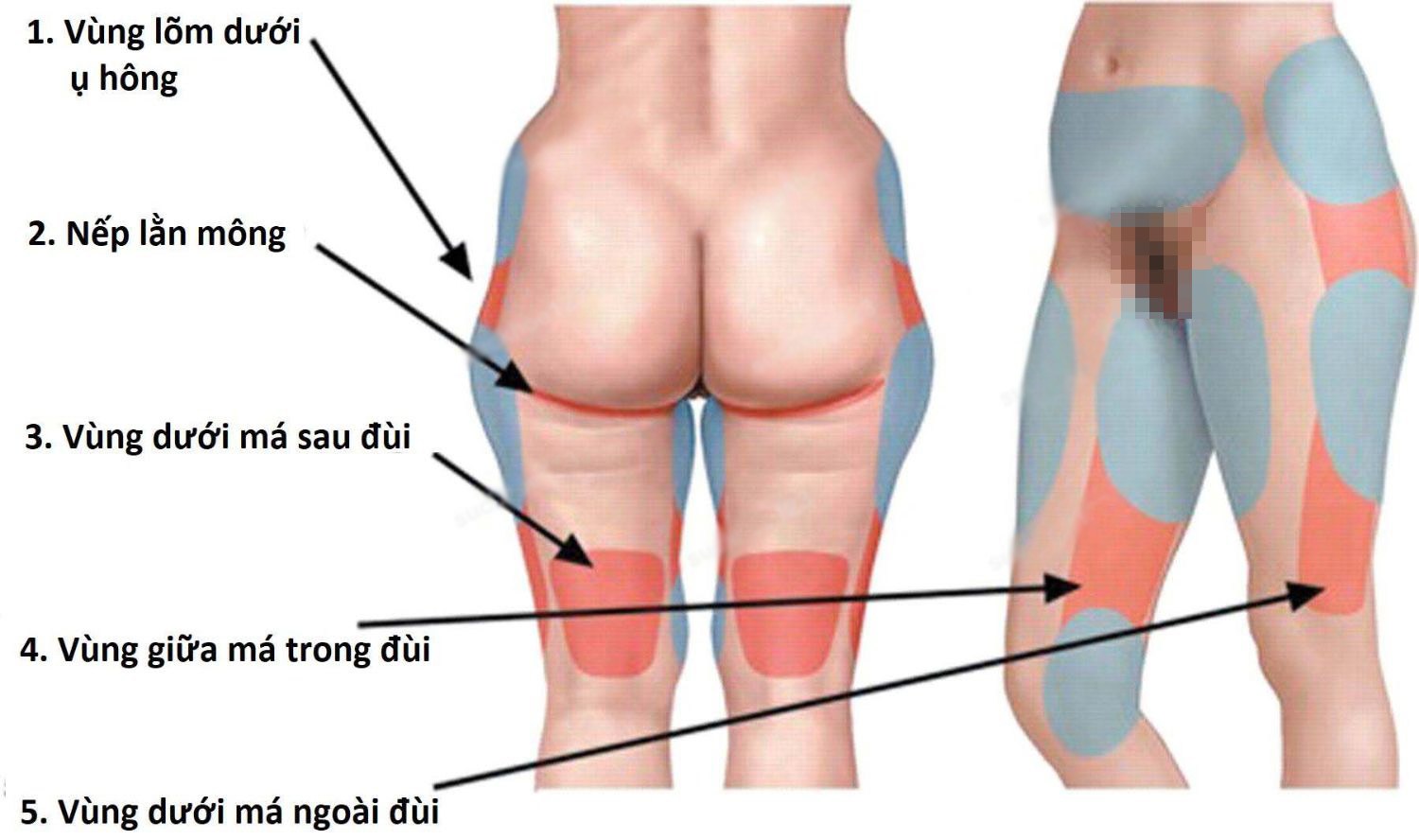 Rashes in the groin in children can be prevented, and if not, then it is necessary to treat quickly.
Rashes in the groin in children can be prevented, and if not, then it is necessary to treat quickly.
Prevention and treatment of irritations
Groin rash – this is a reason to think about bathing procedures: start regularly washing the affected area using medicinal infusions, such as chamomile or celandine. Do not forget that the baby needs to blot the folds on the body with a soft and dry cloth. After water procedures, it will not be superfluous to let the child be naked, this will not only help in the prevention of prickly heat and diaper rash, but also temper his immunity.
When using cloth or cotton diapers, be sure to use powder. The skin of babies is very delicate, to the extent that sometimes the powder collects in the diaper and rubs in the groin, leading to irritation, pay attention to this. If your baby has an allergic rash, then you need to wear diapers only at night, and only after treating the baby’s skin.
In case you cannot
to establish the cause of the rash in the baby, contact the specialists, they do not
will only help determine the cause of the rash, but also help to neutralize it.
| Admission prices in Moscow | |
| Primary appointment | 900 rubles |
| Re-admission | 700 rubles |
| Blood tests for RW | 600 rubles |
| Calling a dermatologist at home | 2800 rubles |
| Prescribing a treatment regimen | 600 rubles |
This article is not medical advice and should not be used as a substitute for consultation with a physician.
Causes and remedies for itching and redness in the groin area
Contents
- 1 Causes of itching and redness in the groin and how to get rid of them
- 1.1 Causes of itching and redness in the groin area
- 1.2 Hygiene and dezo dorants in preventing itching and redness in the groin area
- 1.3 The effect of synthetic underwear on the health of the skin in the groin area
- 1.
 3.1 Features of synthetic underwear
3.1 Features of synthetic underwear - 1.3.2 Why synthetic underwear can cause itching and redness in the groin area
- 1.3.3 How to avoid problems with itching and redness when wearing synthetic underwear
- 1.
- 1.4 Allergic reaction
- 1.5 Infections and fungi in the groin area
- redness in the groin area
- 1.7 Physical activity and its effect on itching and redness in the groin area
- 1.8 Methods for the treatment of itching and redness in the groin area
- 1.8.1 Primary measures
- 1.8.2 Use of remedies for skin irritation
- 1.8.3 Use of antiseptics
- 1.8.4 Consultation with a specialist
- 1.9 Changing hygiene and deodorants
- 1.10 Reasons and recommendations for changing synthetic underwear to natural to eliminate itching and redness in the groin area 90 019
- 1.10.1 Causes of itching and redness in the groin area
- 1.10.2 Recommendations for switching from synthetic to natural underwear and redness in the groin area
- 1.
 13 Social psychologist consultation
13 Social psychologist consultation - 1.14 Change of physical activity
- 1.15 Q&A:
- 1.15.0.1 What can cause itching and redness in the groin area?
- 1.15.0.2 How can I tell if itching and redness in the groin area is due to a fungal infection?
- 1.15.0.3 What remedies can help relieve itching and redness in the groin area?
- 1.15.0.4 What should I do if itching and redness in the groin area does not go away for a long time?
- 1.15.0.5 Can itching and redness in the groin area be related to diet or eating habits?
- 1.15.0.6 What preventive measures should be taken to avoid itching and redness in the groin area?
- 1.16 Related videos:
Find out what can cause itching and redness in the groin area and how to deal with this unpleasant sensation. Tips and advice on treatment and prevention are useful for anyone who is facing this problem.
Discomfort in the groin area can occur in any person, regardless of gender and age. Often the symptoms of this manifestation are itching and redness of the skin, which can be associated with various factors. However, this condition can bring a lot of inconvenience and discomfort.
Often the symptoms of this manifestation are itching and redness of the skin, which can be associated with various factors. However, this condition can bring a lot of inconvenience and discomfort.
Causes of itching and redness in the groin can be varied: from a banal allergic reaction to the use of hygiene products to serious diseases such as fungal infections and SARS. Often, intimate relationships or wearing uncomfortable and tight underwear can also be the cause of this phenomenon.
In this case, it is important to know how to eliminate itching and redness in the groin area. There are various treatments, ranging from natural remedies to medications, that can help get rid of an unpleasant symptom and restore healthy skin.
Causes of itching and redness in the groin area
Improper skin care
One of the main factors in the development of itching and redness in the groin area is improper skin care in this area. The use of harsh hygiene products, frequent shaving, and rubbing while wearing overly tight underwear can cause skin irritation and rashes.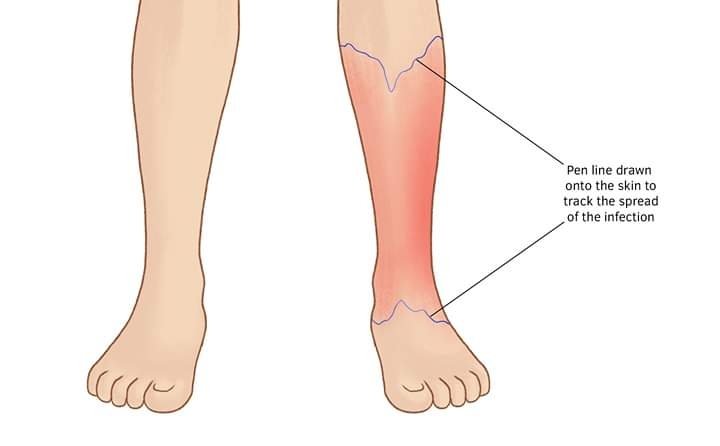 In such cases, it is recommended to use mild hypoallergenic hygiene products and apply ointments and creams to soften the skin.
In such cases, it is recommended to use mild hypoallergenic hygiene products and apply ointments and creams to soften the skin.
Infectious or fungal process
Infectious and fungal processes are one of the main causes of itching and redness in the groin area. In most cases, these processes occur against the background of a decrease in immunity, impaired blood microcirculation, malnutrition, or an increase in moisture in the groin area. To eliminate these causes, you must consult a doctor and undergo a course of treatment, which includes the use of antimicrobial, antifungal agents and skin treatment with antiseptics.
Allergic reaction
Food and clothing allergies are another cause of itching and redness in the groin area. Often such a reaction occurs to synthetic underwear, panties, knickers or shaving cream. To prevent this problem, you should avoid contact with the allergen whenever possible and use hypoallergenic products and wear items.
- Improper skin care
- Infectious or fungal process
- Allergic reaction
These causes are the main causes of itching and redness in the groin area. To successfully eliminate such problems, it is recommended to consult a doctor and diagnose the disease. It is also necessary to monitor the hygiene of this area and use only high-quality and hypoallergenic products and clothing.
Hygiene and deodorants to prevent itching and redness in the groin area
One of the key factors in preventing itching and redness in the groin area is attention to hygiene and proper skin care. Regular washing of the groin area with clean water and the use of mild toilet soap is one of the main points in caring for this area of the body.
Deodorants can also play an important role in preventing itching and redness in the groin area. Their main task is to eliminate bacteria on the skin that can cause unpleasant odors, as well as preventing skin irritation. However, when choosing a deodorant, it is necessary to pay attention to its composition, choosing products with a minimum content of alcohol and other irritating substances.
However, when choosing a deodorant, it is necessary to pay attention to its composition, choosing products with a minimum content of alcohol and other irritating substances.
- Choose deodorants that contain natural ingredients such as herbs and essential oils.
- Avoid deodorants containing alcohol, triclosan and aluminum, which can irritate the skin.
- Only apply deodorant to dry skin, and avoid after shaving when the skin is especially sensitive.
In general, proper care and hygiene will reduce the chance of irritation and itching in the groin area. Regular use of mild soaps and deodorants with natural ingredients can help reduce the risk of skin problems.
State polyclinics and hospitals
42.86%
Private clinics and medical facilities centers
57.14%
The effect of synthetic underwear on the health of the skin in the groin area
Features of synthetic underwear
Synthetic underwear contains artificial materials such as polyester, nylon and acrylic. They differ from natural fabrics in that they do not absorb moisture, therefore they accumulate sweat and can lead to unpleasant sensations of itching and irritation in the groin area, especially when worn for a long time.
They differ from natural fabrics in that they do not absorb moisture, therefore they accumulate sweat and can lead to unpleasant sensations of itching and irritation in the groin area, especially when worn for a long time.
Why synthetic underwear can cause itching and redness in the groin area
When synthetic underwear is rubbed against the skin in the groin area, skin irritation occurs, which can lead to itching and redness. In addition, excess moisture that synthetic fibers do not absorb can lead to the growth of bacteria, which further worsens the condition of the skin in the groin area.
How to avoid problems with itching and redness when wearing synthetic underwear
- Choose underwear made from natural materials such as cotton, linen, silk.
- If you wear synthetic underwear, choose those that contain added natural fibers to reduce the risk of skin irritation.
- Change your underwear as soon as it becomes damp to avoid the growth of bacteria in the groin area.

- Avoid wearing too tight or tight synthetic underwear to avoid chafing and skin irritation.
Comparison of natural and synthetic fabrics for underwear Material Advantages Disadvantages
| Cotton | Natural material that absorbs moisture and allows the skin to breathe | May warp after washing, prone to wrinkling | Durable, quick-drying material that retains its shape | Non-absorbent, may cause skin irritation and itchiness |
Allergic reaction
One of the main causes of itching and redness in the groin area maybe an allergy. Usually, an allergy develops in response to contact with an allergen, which can be food, clothing, cosmetics, pets, etc.
When an allergen hits the skin in the groin area, the immune system can produce antibodies, which release histamine and other substances that cause itching and redness.
To eliminate an allergic reaction, determine the cause that caused it and avoid contact with the allergen.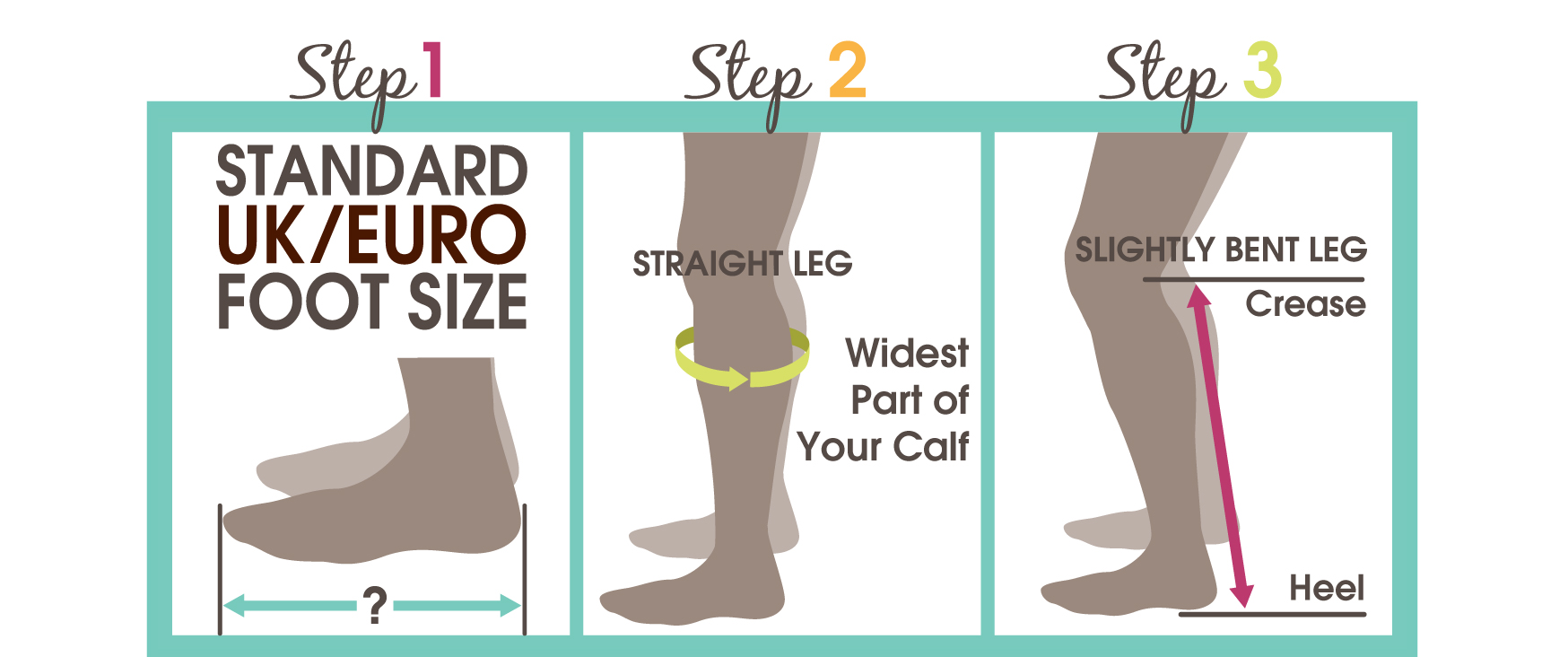 In addition, antihistamines and topical remedies for itching and irritation, such as glucocorticosteroid-based ointments, emollient and soothing creams and lotions, may be used.
In addition, antihistamines and topical remedies for itching and irritation, such as glucocorticosteroid-based ointments, emollient and soothing creams and lotions, may be used.
- Consult your doctor before using any remedy, especially if you have other symptoms such as swelling, weakness, nausea or shortness of breath.
- If the cause of the allergy cannot be determined, it may be important to have additional tests and examinations to identify hidden and difficult-to-detect allergens.
Infections and fungi in the groin area
Humidity and heat in the groin area create favorable conditions for the development of infections and fungal diseases. They can cause itching, severe pain, and redness of the skin.
Infections: can occur when germs enter the skin as a result of poor hygiene, but can also be due to adhesions of the suprapubic glands and lead to pustules on the skin.
Fungi: thrive in humid conditions and feed on keratin found in skin and hair. Fungal diseases can be caused by fungi of the genus Candida and Trichophyton.
Fungal diseases can be caused by fungi of the genus Candida and Trichophyton.
- Symptoms of infection: itching, soreness, redness and pus.
- Symptoms of the fungus: severe itching, redness and the appearance of dry, scaly whitish spots on the skin.
Call your doctor if you experience symptoms of an infection or fungus in your groin area. A doctor may recommend antifungal ointments or medicines to fight the infection.
Social and psychological factors affecting itching and redness in the groin area
Stress is one of the main factors leading to discomfort in the groin area. During periods of stress, the body releases the hormone cortisol, which causes a decrease in the protective properties of the skin and increases the sensitivity of the skin. This can lead to itching, soreness, and redness in the groin area.
Low self-esteem is another cause of groin discomfort. People who experience self-doubt can often be very worried about their appearance and body. This can lead to increased sensitivity of the skin and, in turn, to itching and redness in the groin area.
This can lead to increased sensitivity of the skin and, in turn, to itching and redness in the groin area.
Lack of hygiene is another contributing factor to itching and redness in the groin area. Improper skin care, excessive sweating, wearing uncomfortable underwear or shoes – all this can cause inconvenience. Proper skin and linen care, compliance with basic hygiene requirements will help to avoid such problems.
- Remember that these groin problems are very common and can affect anyone, regardless of gender or age.
- Take care of your skin, take care of your hygiene, be aware of your emotional state – this will help to avoid inconvenience and discomfort in the groin area.
Physical activity and its effect on itching and redness in the groin area
Regular exercise plays an important role in maintaining a person’s health and well-being. However, if you do not follow the rules of hygiene, participating in physical training, you can get discomfort in the groin area.
One of the main causes of itching and redness in the groin area during exercise is the wrong choice of clothing and excessive sweating. Choose sportswear made from natural materials that allow the skin to breathe. We must not forget about personal hygiene.
To avoid itching and redness in the groin area, it is recommended:
- shave or cut hair in the intimate area;
- wash before and after sports;
- choose the right sportswear;
- avoid synthetic fabrics;
- use powders and creams to prevent perspiration;
Look out for types of exercise that may increase the risk of itching and redness in the groin area. For example, workouts that cause a lot of body-to-body friction can lead to skin irritation in that area. One way to avoid this is to fasten special stands to the body in the groin area.
Ways to treat itching and redness in the groin area
First steps
When itching and redness in the groin area, the first step is personal hygiene, using soft and gentle body hygiene products, and clothing made from natural fabrics to prevent skin irritation.
Using skin irritants
To relieve itching and redness in the groin area, you can use ointments or creams containing components that have a mild and soothing effect on the skin. For example, creams based on aloe vera, olive oil or calendula.
Use of antiseptics
Antiseptics are recommended to prevent infections and lubricate cuts or scrapes that can lead to itching and redness in the groin area. For this purpose, hydrogen peroxide and iodine are suitable.
Specialist’s consultation
In case of prolonged itching and redness in the groin area that does not go away after the use of medicinal preparations, it is necessary to consult a dermatologist for examination and effective treatment.
Changing hygiene and deodorants
One of the causes of itching and redness in the groin area is poor underwear hygiene. To avoid discomfort, it is necessary to change underwear regularly and not to wear too dense and synthetic fabrics.
It is also important to use the right deodorant that does not irritate the skin. Aluminum deodorants can cause allergic reactions, so it’s best to opt for natural alternatives.
- Pay attention to the composition of the deodorant and avoid products with harsh chemicals;
- Choose deodorants based on natural ingredients, such as coconut oil or tea tree oil;
- Do not use deodorants on damaged skin, as this will aggravate the problem.
It is important to remember that changing hygiene and deodorants can improve the condition of the skin in the groin area, but in case of occasional itching and redness, it is necessary to consult a doctor to determine the cause and prescribe effective treatment.
Reasons and recommendations for changing synthetic to natural underwear to eliminate itching and redness in the groin area
Causes of itching and redness in the groin area
Itching and redness in the groin area can be caused by a number of causes, including allergic or fungal infections, improper groin hygiene, rubbing and irritation from synthetic underwear, overly tight clothing, and many others.
Recommendations for switching from synthetic to natural underwear
To reduce itching and redness in the groin area, it is recommended to switch to wearing natural underwear. Natural linen not only increases comfort, but also causes less irritation to the skin, as it is breathable and absorbs moisture well. Cotton briefs are good candidates to replace synthetic pants, briefs, or thongs. You can also use underwear made of viscose, linen, jersey and other natural materials, which not only help to remove moisture to the outside, but also provide an optimal temperature in the groin area, thereby preventing the development of fungal infections and other problems.
We also recommend the use of special laundry detergents. To reduce the risk of developing allergic reactions to linen, it is recommended to choose hypoallergenic detergents and use a neutral conditioner when washing. Also, do not forget that persistent itching and redness may indicate a fungal infection or other serious diseases. Therefore, if you experience such symptoms, be sure to seek help from a doctor.
Therefore, if you experience such symptoms, be sure to seek help from a doctor.
Allergic preparations and ointments
Allergic reactions in the groin area can be caused by a variety of factors, including contact with substances to which a person is allergic. Allergic drugs and ointments should be used to eliminate itching and redness in this area.
Antihistamines can help relieve itching and reduce redness. They block the action of histamine, which is released in the body during an allergic reaction. Among the effective drugs can be identified “Loratadine”, “Cetirizine”, “Fexofenadine” and others.
In addition to antihistamines, ointments are often used to help relieve itching and redness. One of the most effective ointments is Fenistil. It contains dimethindene maleate, which has antiallergic and antipruritic effects.
You can also use Eukaris ointment, which contains an extract of marigold flowers and leaves. Calendula has anti-inflammatory and healing properties, which can help quickly relieve itching and redness in the groin area.
- It is important to remember that you should consult your doctor before taking any medicine.
- Do not abuse allergy medications and ointments if the itching and redness persists – this may indicate serious health problems and require medical attention.
The role of antifungals in groin itching and redness
antifungals are medicines used to treat fungal infections of the groin. They are recommended for itching, redness, and other symptoms of a fungal infection.
Antifungal agents are prescribed by a dermatologist. He will choose the drug that will be most effective in each individual case. It is important to take into account the individual characteristics of each patient, as well as the form and extent of the disease.
Antifungals are used both internally and externally. Different types of ointments, creams, sprays and tablets allow you to choose the best treatment method in each case.
It must be remembered that self-treatment with antifungal agents can lead to complications and undesirable consequences. If you have symptoms of a fungal infection, you should consult a dermatologist for professional help.
Social psychologist consultation
If you suffer from constant itching and redness in the groin area, this can lead to negative emotional consequences. Often there are feelings of shame and discomfort in contact with other people. In this situation, consulting a social psychologist can help you deal with negative emotions and improve your quality of life.
A social psychologist can help you understand what factors influence your mood and feelings in a given situation. He will suggest methods that will help solve the problem and increase self-confidence. During the consultation, you will be able to discuss your feelings and motivations, as well as receive psychological support in achieving your goals.
It is important to remember that itching and redness in the groin area is a problem associated with physical processes in the body and is not related to personal qualities. At the same time, personal factors can exacerbate the problem and affect the emotional state.
At the same time, personal factors can exacerbate the problem and affect the emotional state.
A consultation with a social psychologist can help you understand yourself and your feelings better. She will help you understand the causes and ways to eliminate itching and redness in the groin area, as well as give recommendations on how to cope with the emotional problems that have arisen.
Change in physical activity
Itching and redness in the groin area is often associated with high physical activity during sports or fitness. One way to eliminate discomfort is to change the mode of physical activity.
If you are actively involved in sports, you need to reduce the intensity of your workouts. Transfer some exercises to other muscle groups and prefer softer types of training, such as yoga or Pilates.
Pay attention to hygiene regulations. If you go to the gym, make sure that the surfaces of the sports equipment are regularly disinfected and that the clothes you wear to workout are always clean.
If itching in the groin area is caused by a burning disease associated with intense physical activity, a doctor should be consulted. Only he will be able to choose the optimal training regimen and prescribe the necessary treatment.
Q&A:
What can cause itching and redness in the groin area?
Itching and redness in this area can be caused by various factors: skin erosion, an allergic reaction to a razor, improper choice of intimate hygiene, fungal infections and other diseases.
How can you tell if itching and redness in the groin area is due to a fungal infection?
Fungal infection may present with itching, redness, and moist rashes. There may be blisters and a rash that merge into one red patch of skin. To confirm a fungal infection, you must consult a doctor and undergo an instrumental study.
What remedies can help with itching and redness in the groin area?
First of all, you need to choose the right intimate hygiene and use gentle bath or shower products.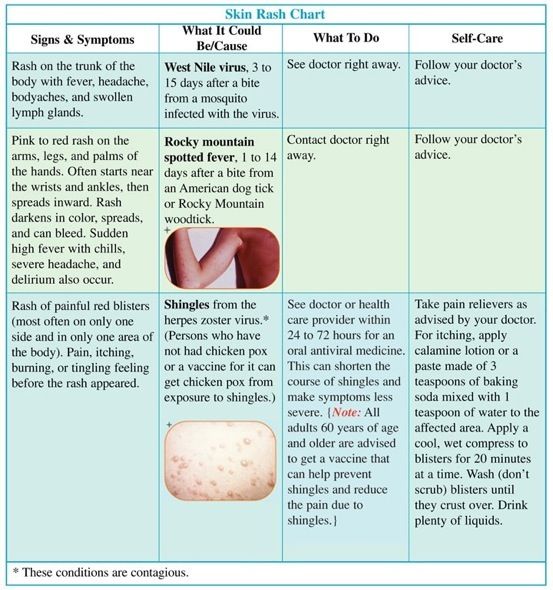 It is also useful to use creams containing antibacterial and antifungal components. Temporarily, antipruritic ointments and liquids can be used. In case of progression of symptoms, it is necessary to consult a doctor.
It is also useful to use creams containing antibacterial and antifungal components. Temporarily, antipruritic ointments and liquids can be used. In case of progression of symptoms, it is necessary to consult a doctor.
What if itching and redness in the groin area does not go away for a long time?
If these symptoms persist for more than a week, you should consult a dermatologist or venereologist for diagnosis and treatment. Prolonged stay in the area of constant itching and friction can lead to the development of inflammatory diseases and injury to the skin.
Can itching and redness in the groin area be related to diet or eating habits?
Yes, malnutrition can lead to the development of various diseases, including itching and redness in the groin area. For example, excessive consumption of sweets and alcohol can cause candidiasis, which is accompanied by itching and vaginal discharge. Excessive consumption of spicy and fatty foods can also affect the condition of the skin in the groin area.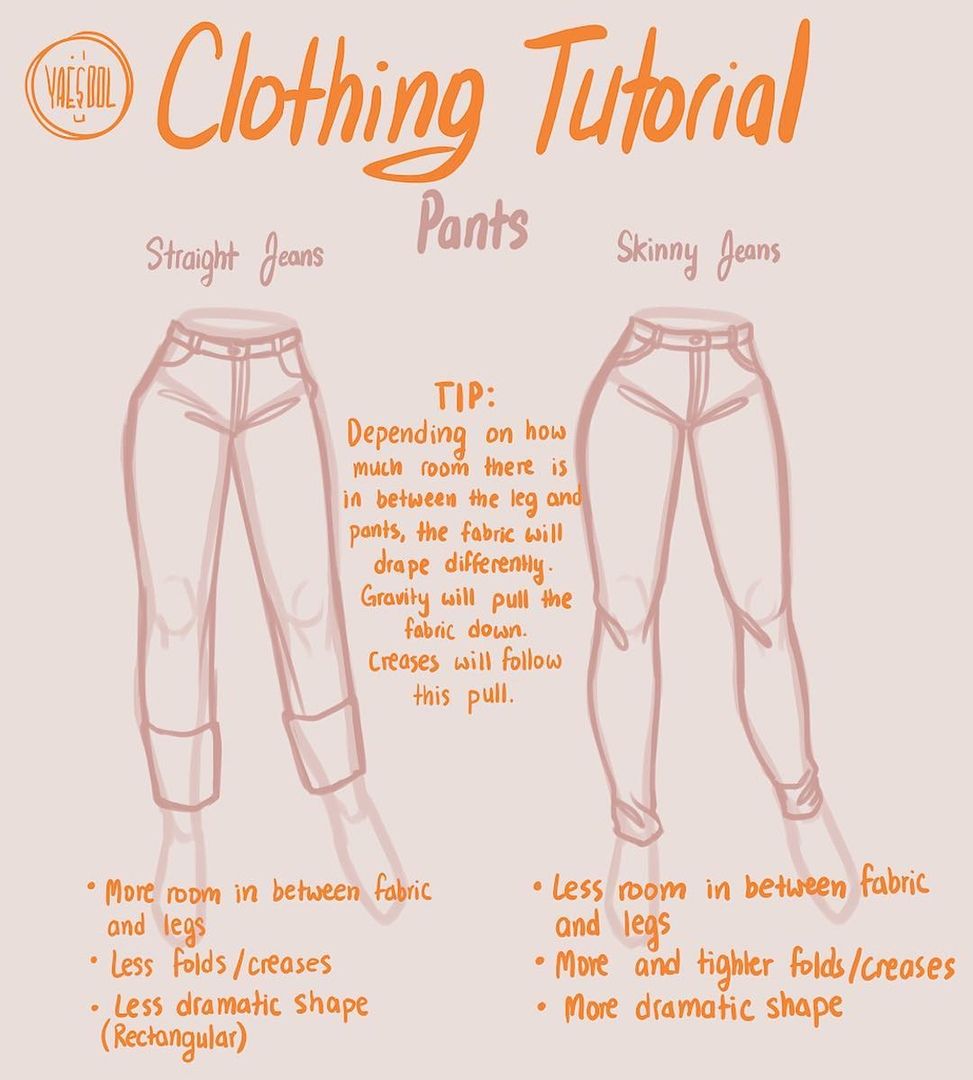

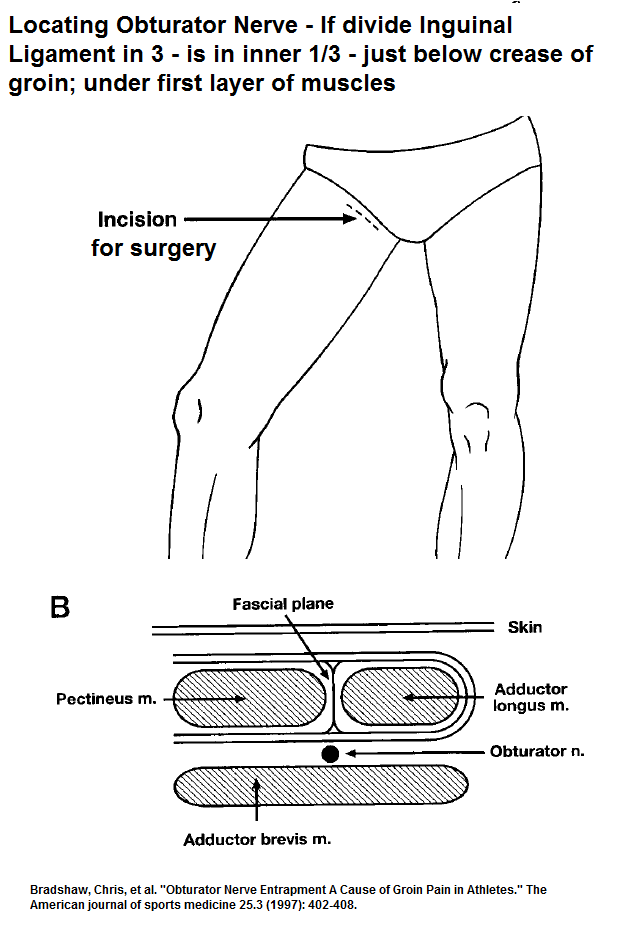


 3.1 Features of synthetic underwear
3.1 Features of synthetic underwear 13 Social psychologist consultation
13 Social psychologist consultation